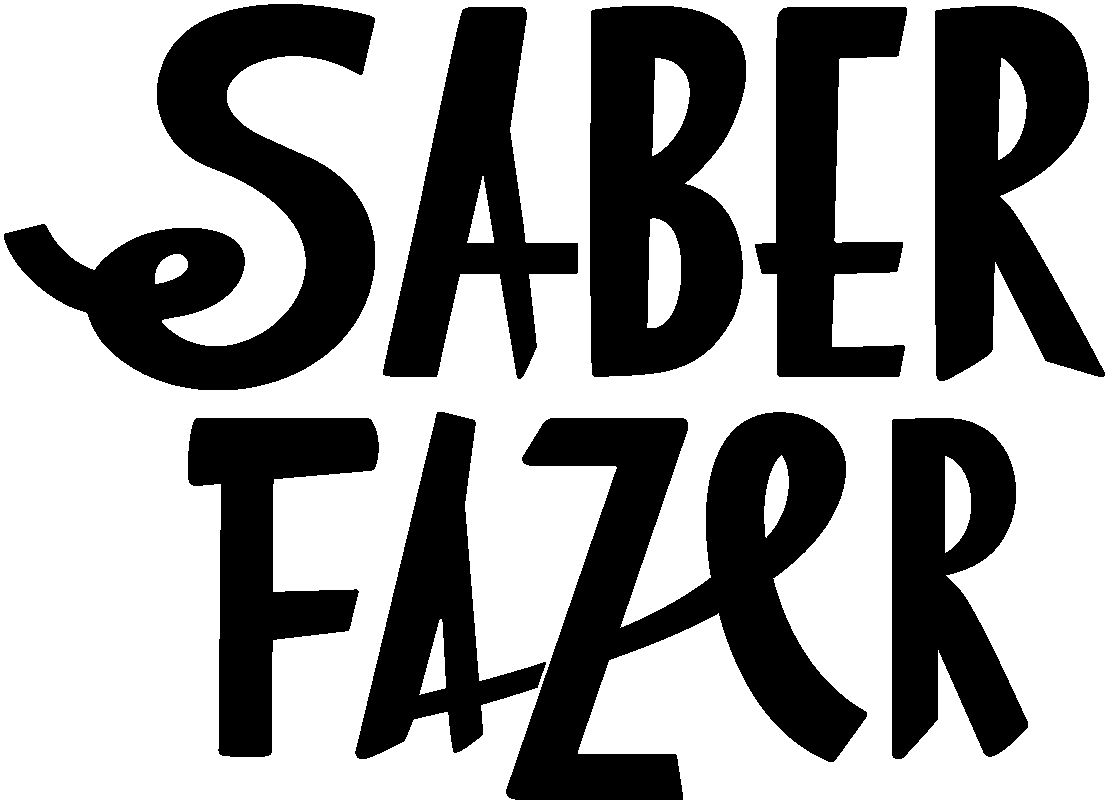Blog

From capsule to seed
When we ripple the flax, right on harvest day, and if it isn't done too late, the capsules will still be closed, holding the seed inside.
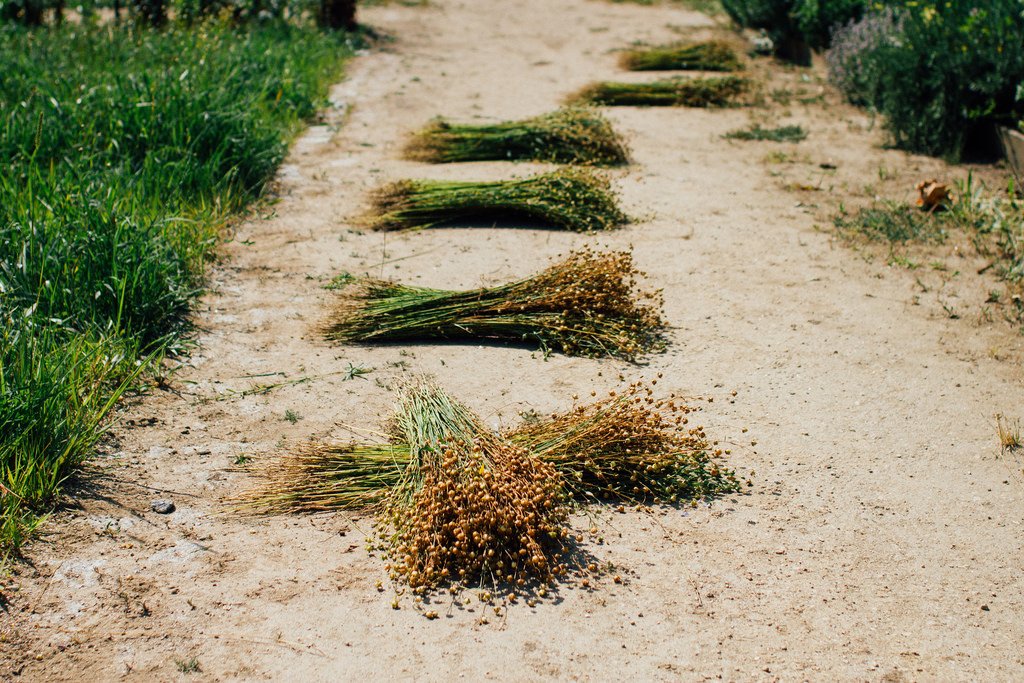
Flax harvest at Parque da Devesa
The last few days have been intense and especially dedicated to flax, which has ripened quickly in the heat and is ready to harvest. The variety we are growing, Galego Flax, has a characteristic that is more common in wild flax and which makes it absolutely essential to harvest at the right time.

Planting the dye plants
In the urban gardens of Parque da Devesa, right next to our flax field, some dyeing plants are already in the ground—plants that can be used for dyeing, among other things. We transplanted Japanese Indigo, Woad, Madder, Safflower, Dyer’s Chamomile, Egyptian Stars (or dark little daisies), Marigolds, Tunic Carnations, and Yarrow.

Learning about Portuguese wool - May 13, 2017
Here are some images of the set-up for the very first workshop on Portuguese wool, which also happened to be the very first workshop given in Saber Fazer's new home.
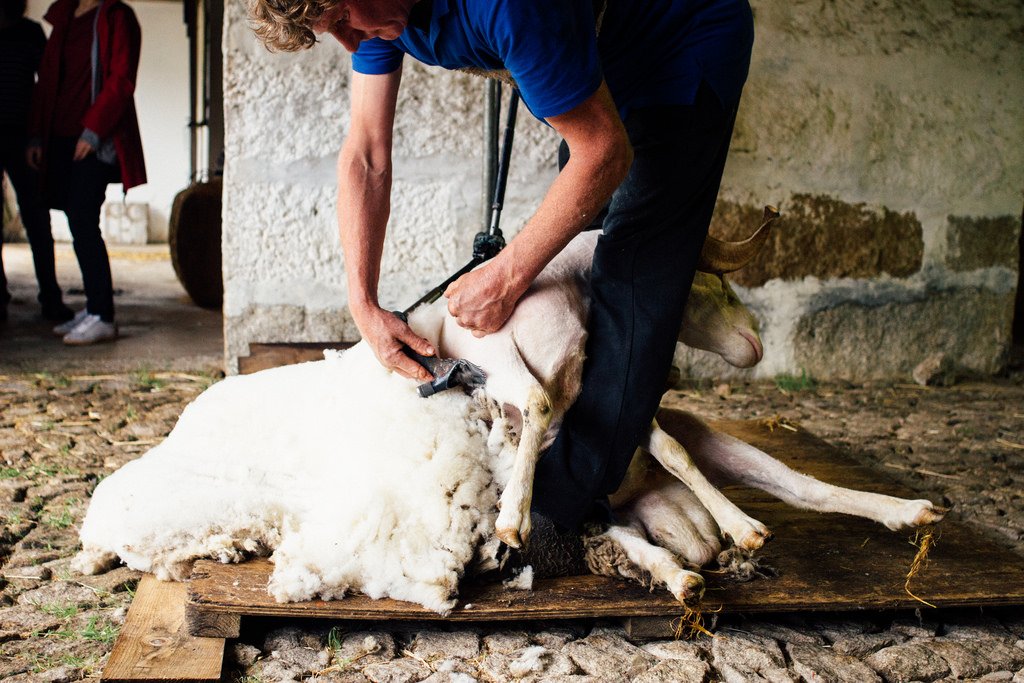
Shearing at Quinta de Serralves - 2017
Another year, another brilliant shearing by Martin at Quinta de Serralves. The more I learn about wool and the more shearings I see, the more special I think this moment is that we are lucky enough to offer to the Foundation's public.

Learning to grow flax - the beginning
It was beautiful, last saturday, spending the morning with more than 20 people eager to learn how to grow their own flax and process it into linen. This day was the beginning of our flax production course, that will last until mid July, and that I'm coordenating thanks to the support of Vila Nova de Famalicão city, through the Museum of the Textile Industry and the Parque da Devesa
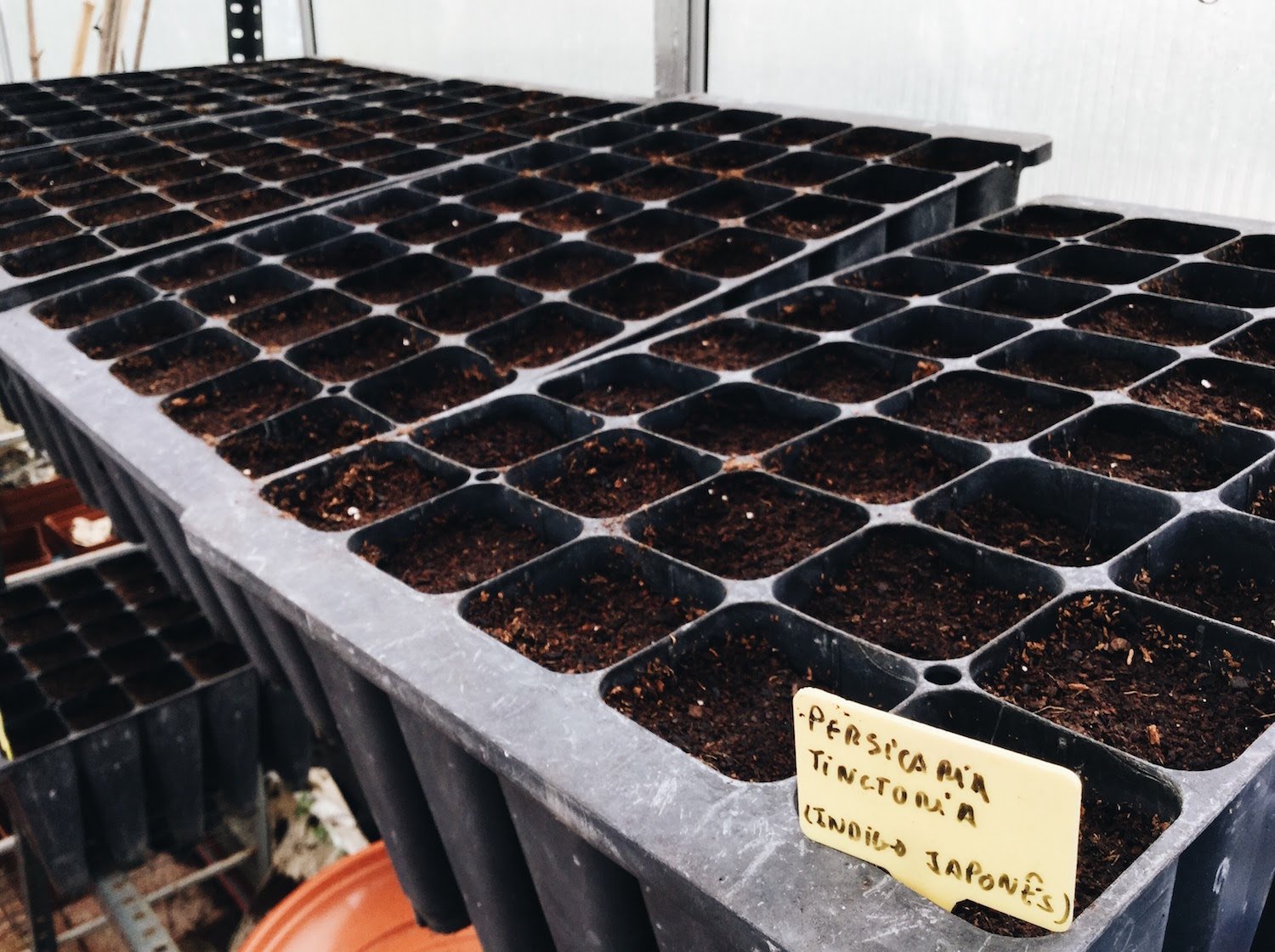
Preparing the dye plants for 2017
Spring has arrived, the sheep have started to be sheared, the caterpillars have hatched and this year's crops are already being prepared. It's crazy around here in the three months to come.
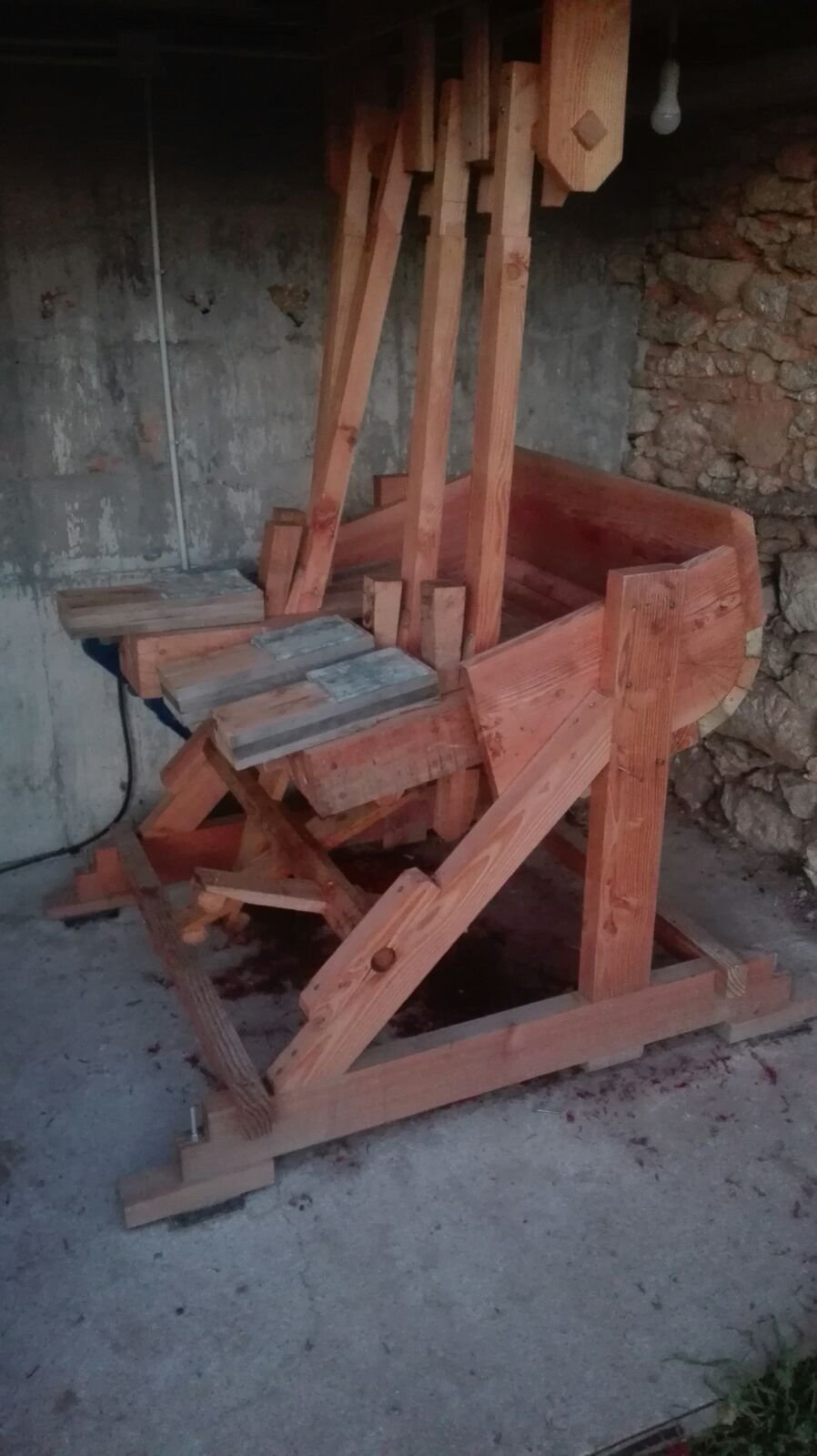
The Fulling Mill of Carlos and Manuel
Manuel and Carlos are two galician teachers who run a project called Panosdaquí, based on the reproduction of traditional galician textiles and supported by the research and recovery of ancient techniques.

On the conservation of genetic resources
Why is the focus of my work in textile production research the fibers produced by indigenous breeds and regional varieties? This article explains perfectly why it is so important to preserve these genetic resources that could be decisive for our future.

A photographic archive
Though still incomplete, a photo archive of the people I meet during my work is coming together.

(re) building a flax scutcher
Those that know me really well know that the work I do isn't about tradition. It's about manufacturing in a more conscious and sustainable in all areas and knowing that that sustainability greatly depends on the ability of reducing production scales and using local resources.
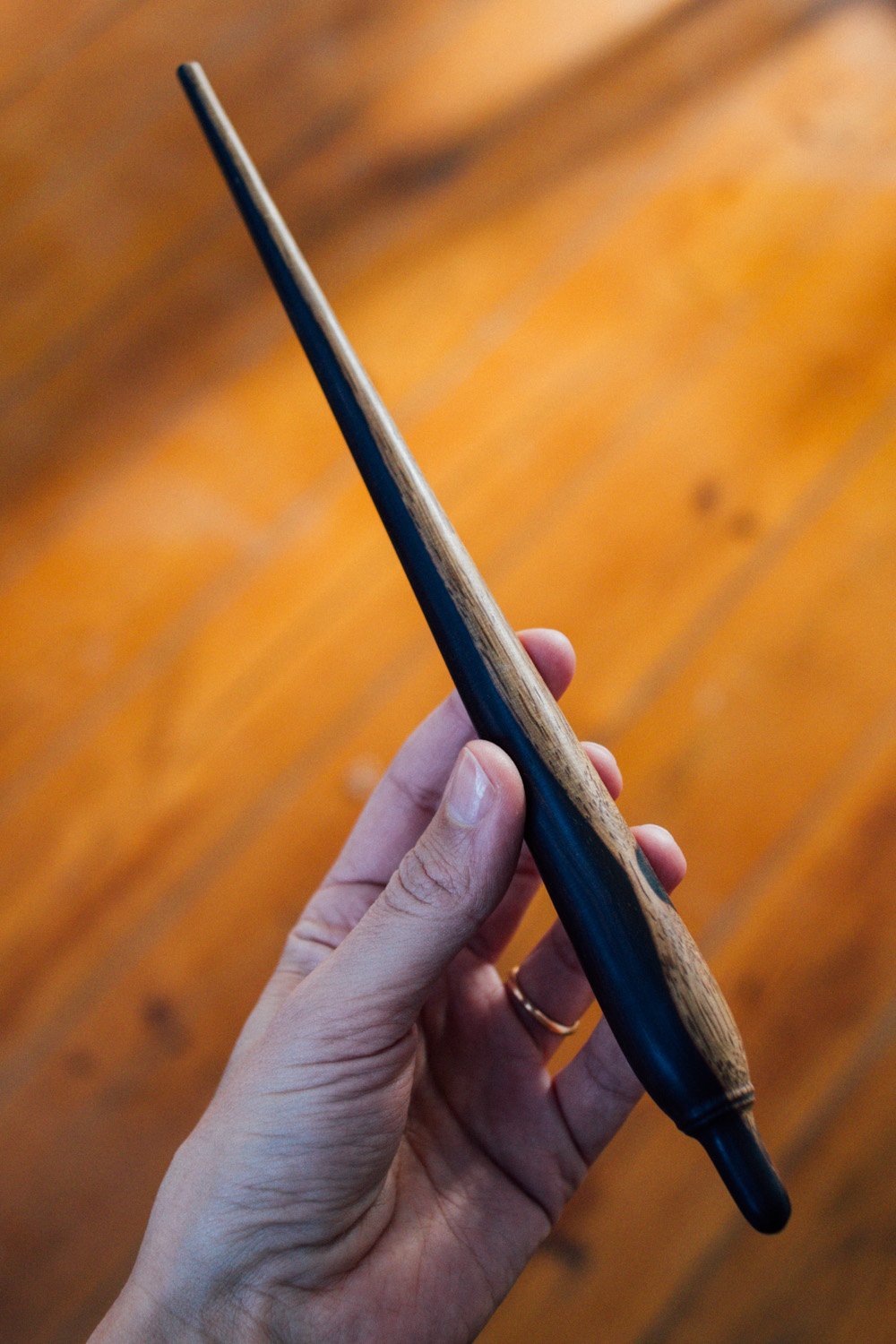
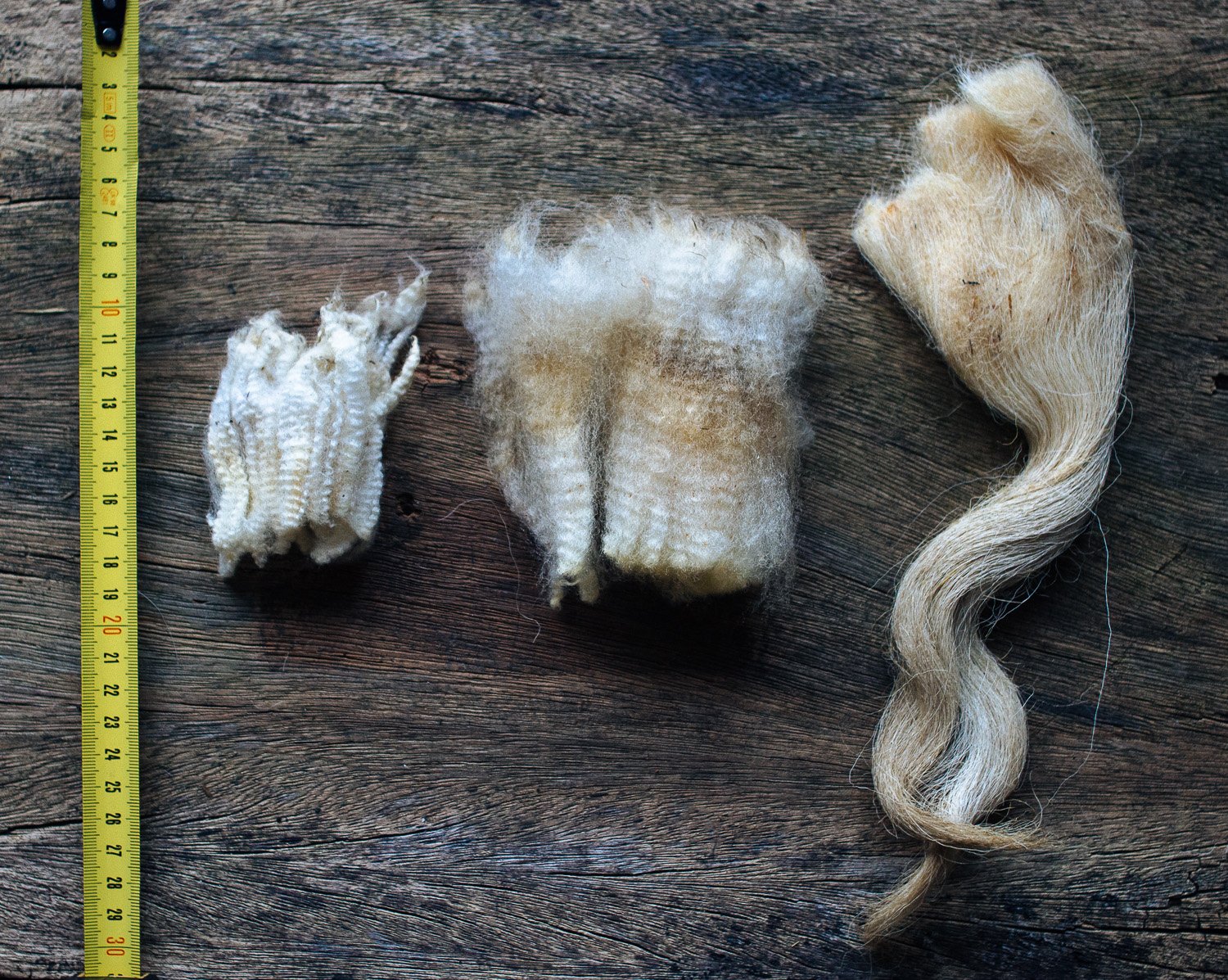
Churras. Bordaleiras. Merinas.
The 16 indigenous Portuguese sheep breeds can be grouped into three main groups, which are directly related to the type of wool they produce: Churros, Bordaleiros or Merinos. Knowing the basic characteristics of the wool produced by these three groups is a very effective way of getting a general idea of what a particular breed produces, despite the great variations that can arise due to the influence of various factors.

Combing and the other side of Portuguese wool
Combing wool with Louet's mini combs has been one of my latest pleasures. And combing this gorgeous light gray portuguese merino that I brought from Ancorme a few weeks ago, makes it even more so. I don't know if you can see in the photos how the light brown shades show in the roving. It's beautiful.
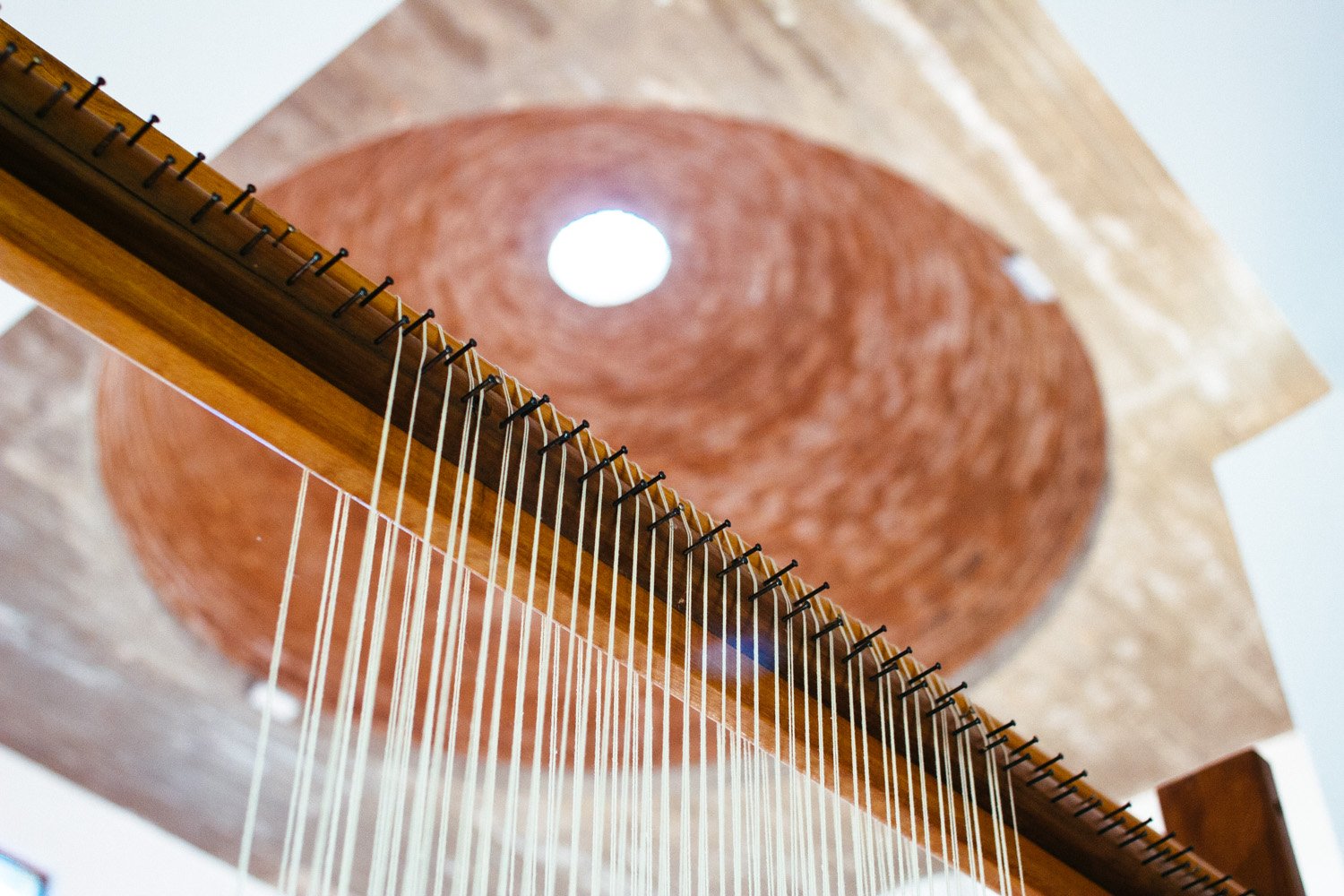
In Vale de Gatos
A trip to Évora in a mix of work/pleasure and a quick visit to Vale de Gatos to finally get to know Isabel and Carlos's place. Unexpected news made Isabel travel a little sooner than expected, but Carlos was there to show us around and allow me to photograph the atelier.
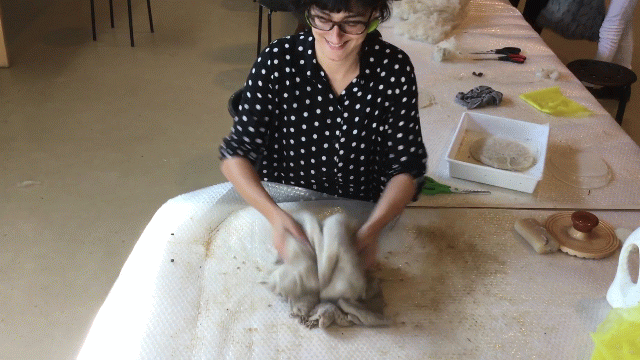
Felting a mosaic of Portuguese wools?
The small exhibition about Portuguese Wool that I improvised for the Festa de Outono worked out really well, but the raw fleece samples were in such a natural state that it was really easy to fall apart when we touched it.

A first in felting
Here are a few images from the Felting Workshop that Ana Rita de Albuquerque gave at Serralves last October.

Dye plants - the seeds
This spring I started studying dyeing plants, in order to make a selection that I thought was good for a dyer's garden. I gathered seeds for all of them and passed them on to Carlota, who germinated and transplanted them to the garden, later.

The colours of nature
Some of the colors dyed during the Natural Dyeing workshop using onion peels, henna, madder, fresh japanese índigo (Persicaria tinctoria) and walnut tree leaves, using different types of portuguese wool and silk as well.

Rocella tinctoria
This small Orchella Weed (Rocella tinctoria) sample was given to me by Guida, to grow my natural dyeing related collection.
